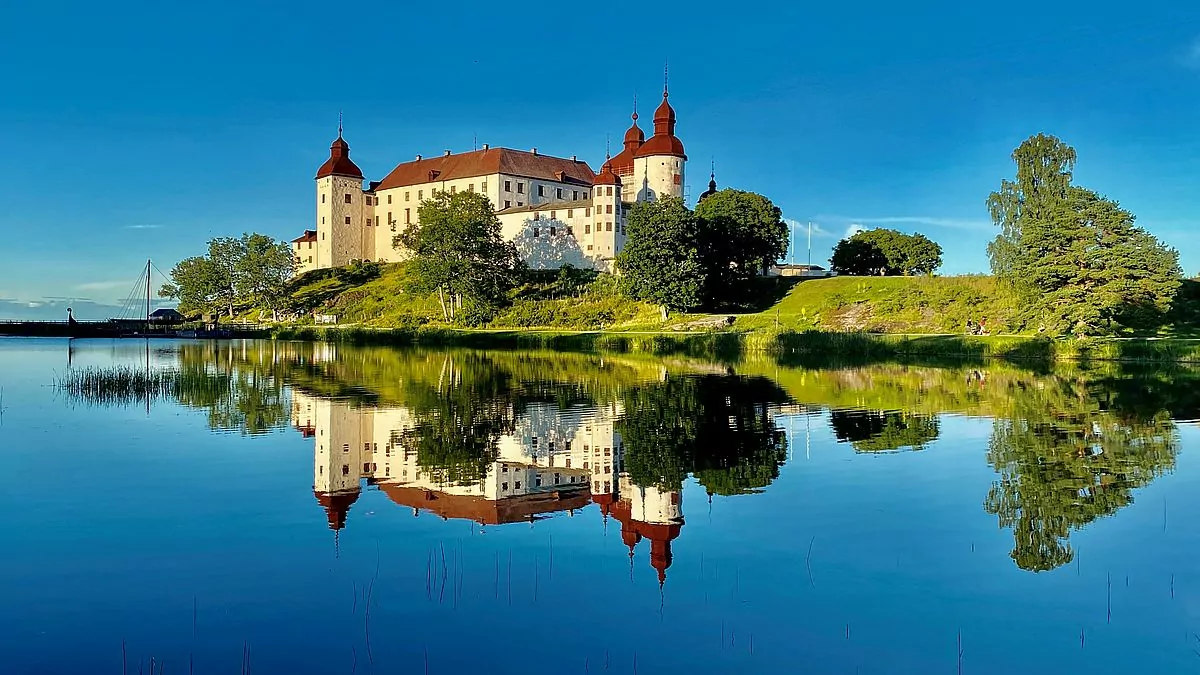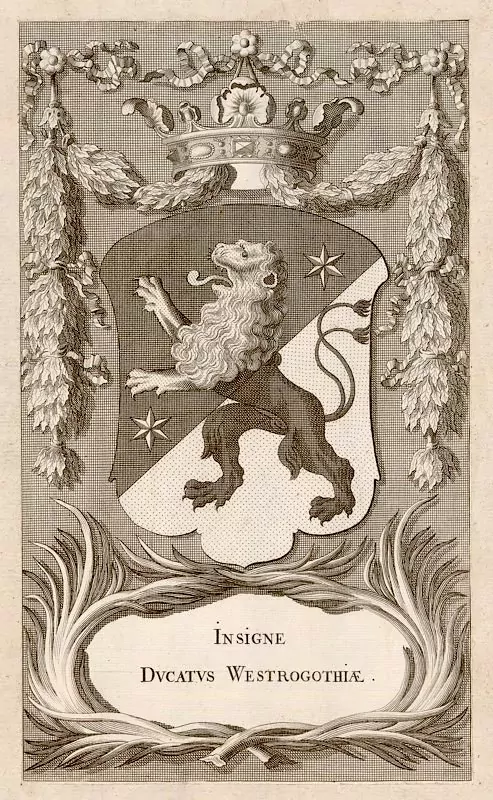What to see and do in Västergötland - what to see and experience? Prehistoric megalithic tombs, cairns, stone settlements, square stone circles, dome rings, passage graves and rock chests with a history of 4000 years have made Västergötland famous. Now we write about what we experience today in Västergötland. Join us!
Table of contents
Things to do in Västergötland
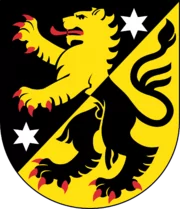
Västergötland is a region in south-west Sweden. North of Västergötland lies Dalsland, Värmland and Vänern, Europe's third largest lake. In the east we find foolishness and Vättern, in the south-east Småland, in the south-west is Halland and to the west is Bohuslän and the Kattegat .
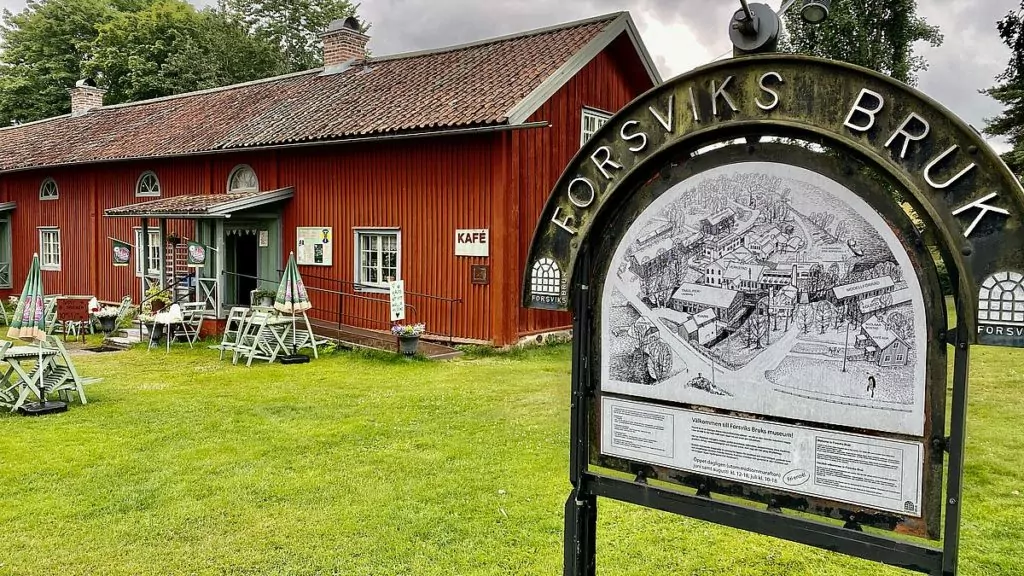
1. Step inside Forsvik Mill - a female success story for 40 years
The Göta Canal's first and highest lock and Sweden's oldest iron bridge, both opened in 1815, are located here in Forsvik's mill. Here you will also find Forsvik's industrial museum, which is incredibly interesting and also free.
Find out what it was like to work 12 hours a day without a light bulb and how good it was when it arrived. Experience how and what the women had when the men worked from a woman's point of view. Fantastic Elisabet Cronström who was widowed in 1729 and then ran Forsvik's mill successfully for 40 years. Follow along!
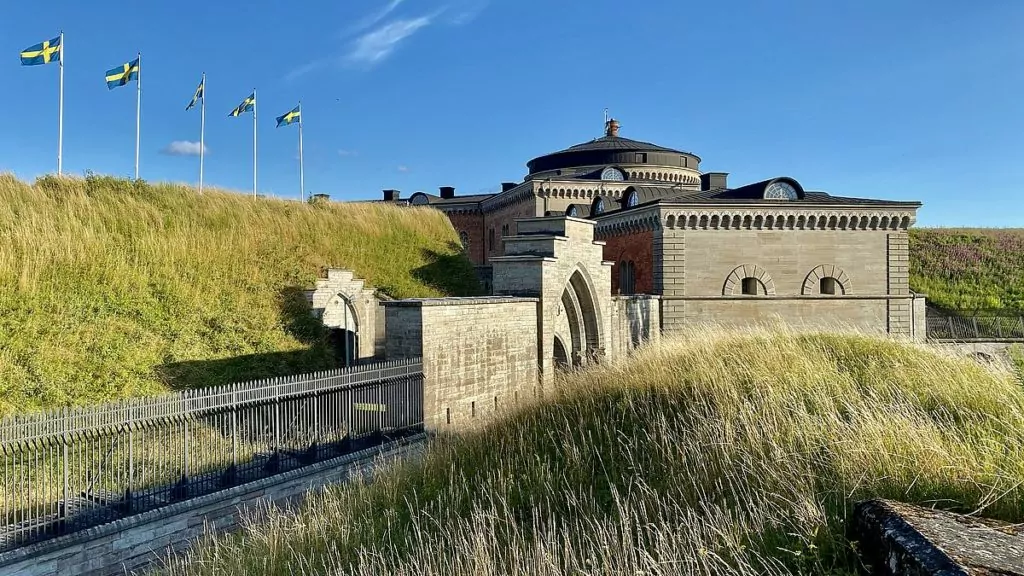
2. Experience Karlsborg Fortress - 200 years of history
Sweden's second largest fortress that took 90 years to build and when it was finished it was out of date. Wow! This is a mammoth construction that started in 1819 and has a very interesting history. There is a huge fortress museum or go on a guided tour and follow the bunkers which is the best part of the whole stay.
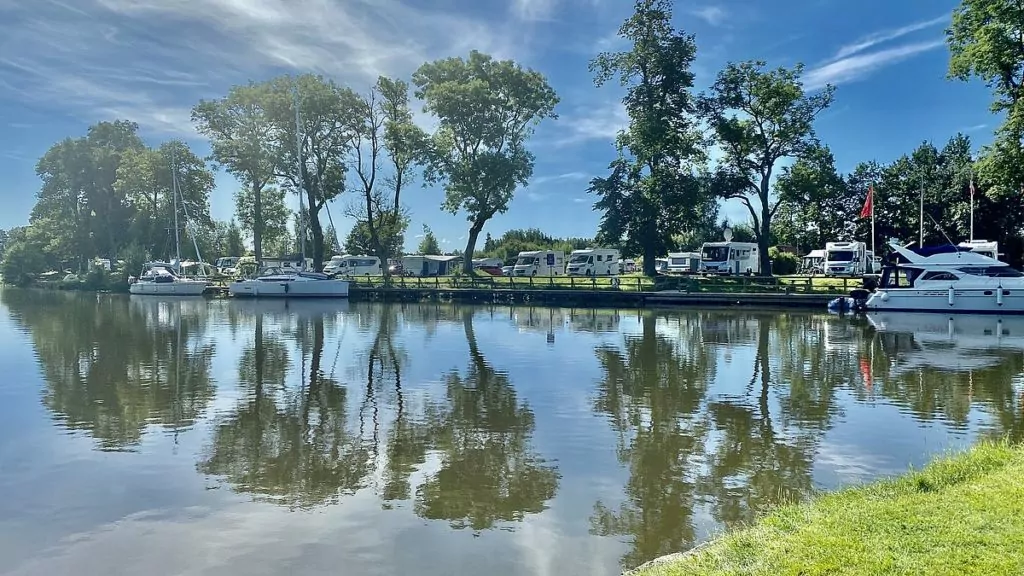
3. Stay at Wassbacken's campsite - idyllic spot along the Göta Canal
A fantastic campsite and beautiful place to be experienced at least once. Camp with a caravan or motorhome, stay in a hostel or cabin, rent a bike or canoe. Go to Tåtorp and check out the artificial island Lanthöjden, where there is an obelisk from the 1820s that marks the highest point of the canal at 91.5 metres. On the way is the beautiful Beateberg Church, a hexagonal centre church built between 1877 and 1880.
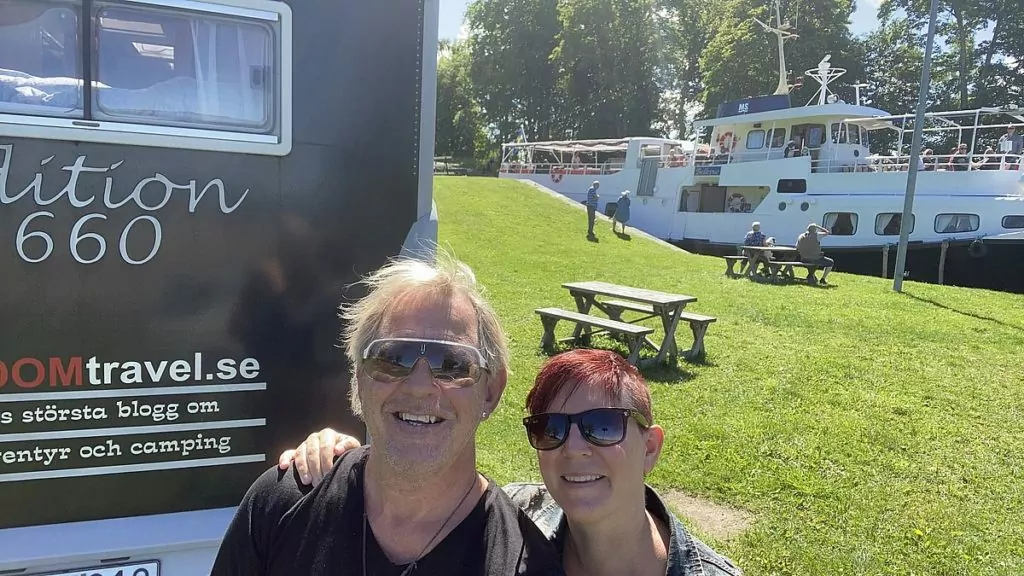
4. Take a ride on Sweden's smallest ferry in Töreboda.
We travelled on Sweden's smallest ferry in Töreboda, which took 25 seconds! After that we went to Hajtorp and here are two double locks that were inaugurated with great pomp and circumstance in 1822 when Karl XIV Johan landed and celebrated the masterpiece.
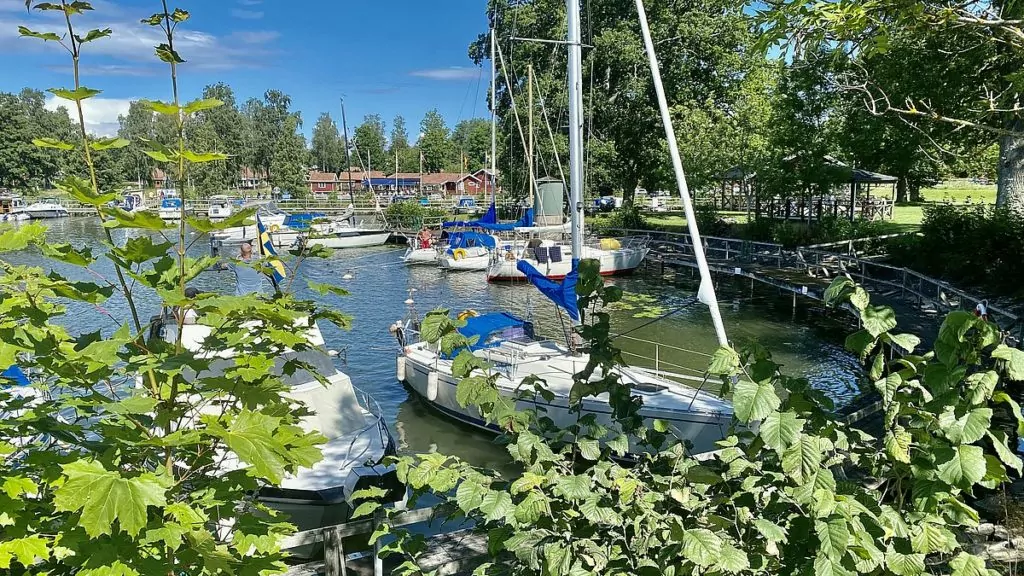
5. What to do in Västergötland: Visit Sjötorp - and the locks in Norrqvarn
Imagine how beautiful it is in Sweden and what cosy places! When the Göta Canal was built there was a large work station in Norrqvarn, and between 1810 and 1824 almost 300 soldiers lived and worked here. Today you can visit the site to see two of the locks along the Göta Canal, or perhaps to stay or eat at Norrqvarn Hotell & Konferens or at the very popular mushroom hotel. At the locks in Norrqvarn was also the wheeled steamer Eric Nordevall II, which is a detailed replica of the ship that sank in Lake Vättern in 1856.
Sjötorp is the first or last stop on the Göta Canal. Sjötorp is also the place where the construction of the Göta Canal started in 1810, under the leadership of Baltzar von Platen. The physical work was done by 58,000 soldiers, digging with tin-shod wooden shovels. From here you can take tours with the passenger ship M/S Bellevue.
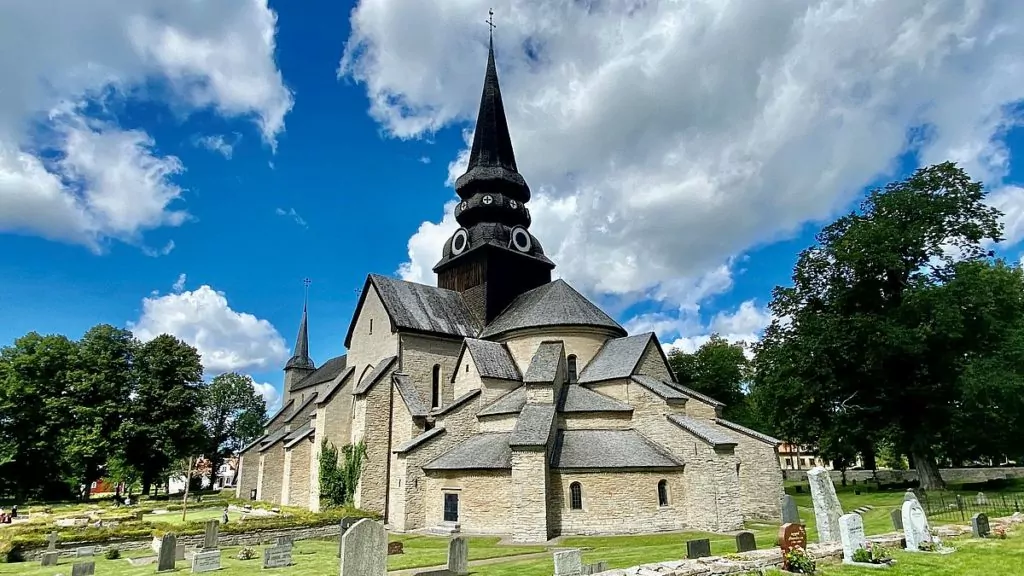
6. Elevated in Varnhem monastery
Swedish history and an enormously beautiful church! Even before the arrival of the monks in the 12th century, Varnhem was an important place, and tombs have been found that tell of influential families. In the 13th century, Birger Jarl was a builder here and in the 17th century Magnus Gabriel de la Gardie took over the monastery site. Birger Jarl is buried here with his son Erik and his wife Metchild as well as many important and historical figures. Birger Jarl's head is embedded in the church if you can find it.
Behind Varnhem church is the ruin of one of Sweden's oldest churches, a private farm church from the Viking Age. A grave has been opened here with a skeleton of a woman called Kata. Sweden's most beautiful road is called Vallevägen and is located nearby, following a big orange V. Lake Hornborgar is also nearby. Come along!
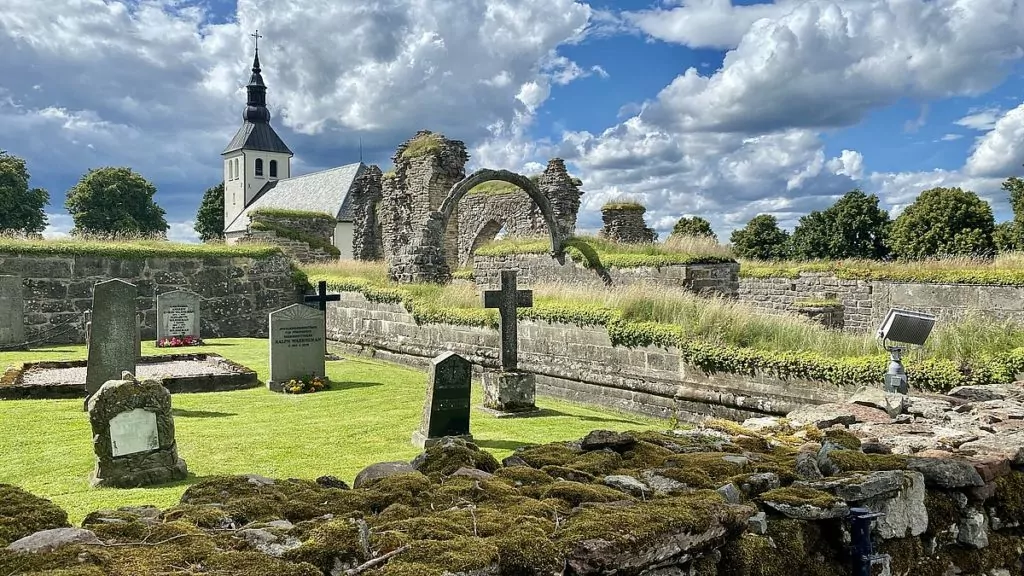
7. See Gudhem's monastery ruins - a fascinating nunnery
Beautiful monastery ruins that you should see once in a lifetime! Gudhem's monastery functioned as a nunnery between the 12th century and 1529. The monastery was affiliated with the Cistercian order and had its heyday in the 13th century. Around 1175, the Gudhem manor was donated to the monastery by King Knut Eriksson. Another donor to the monastery was Katarina Sunesdotter, widow of King Erik Eriksson (1216-1250).
Next to Gudhem's monastery ruin is Gudhem's church, which was built sometime between 1160 and 1200. Nearby, you should visit Ekornavallen, a huge ancient burial ground. The oldest are from around 33oo BC and the youngest from the Viking Age, around 800-1050 AD and the largest is called Girommen. Come along!

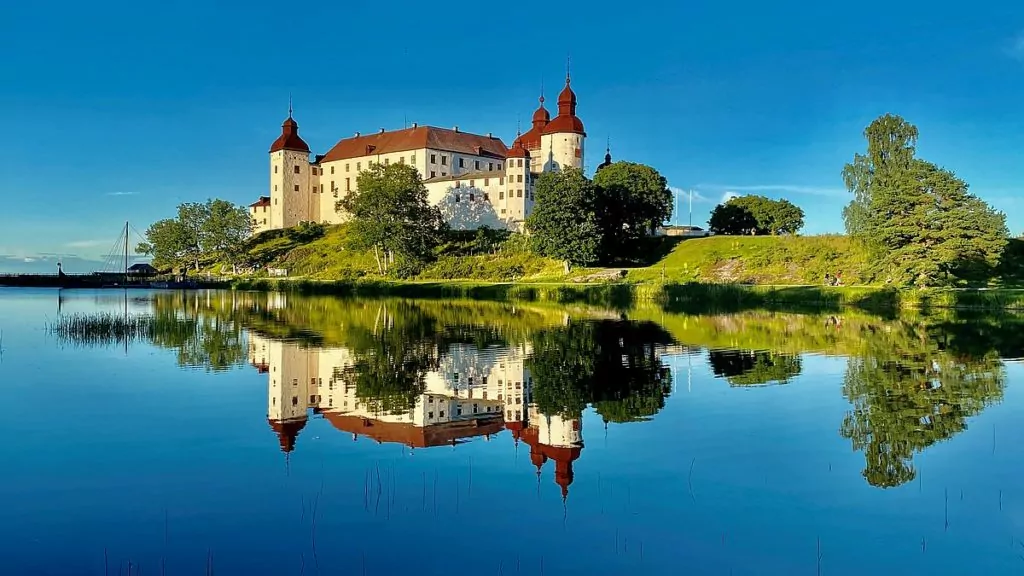
8. Things to do in Västergötland: See the beautiful Läckö Castle
Is Läckö Castle the most beautiful in Sweden? Probably the top five! The bishop's castle of Läckö was built in 1298. At the Reformation in 1527, Läckö ceased to be a bishop's castle and soon became the property of the De la Gardie family. It was in the 17th century, when Magnus Gabriel De la Gardie was master of the castle, that it got its current appearance. We recommend a guided tour.
There is also a castle garden, a nature centre for the Lake Vänern archipelago and the Victoria House. In Spiken's fishing harbour you can eat or buy fish or seafood. The Viking ship Sigrid Storråda is also located here, and Sigrid was a wealthy woman who was married to the most important kings of the Viking Age, Erik Segersäll and Sven Tveskägg, and was the mother of Olof Skötkonung and Knut the Great.
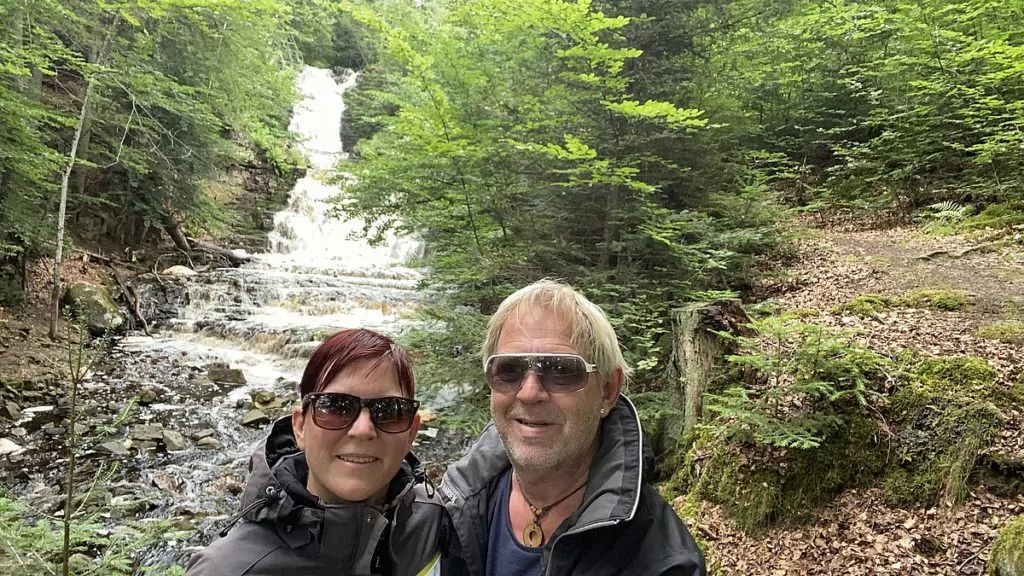
9. Take a trip in Vänersborg - with history from the past
A cosy town with a very beautiful promenade. Experience Skräckleparken, a nice park by Lake Vänern with walking paths, visit Vänersborg's museum with life from the past in the match factory or shoe factory. Here you will also find Egyptian sarcophagi, European art and African birds.
See Brinkebergskulle lock or Restad sculpture park, Byklevsfallet is a waterfall in Vargön, in the municipality of Vänersborg. The waterfall is located right next to the large plateau mountains Halleberg and Hunneberg.
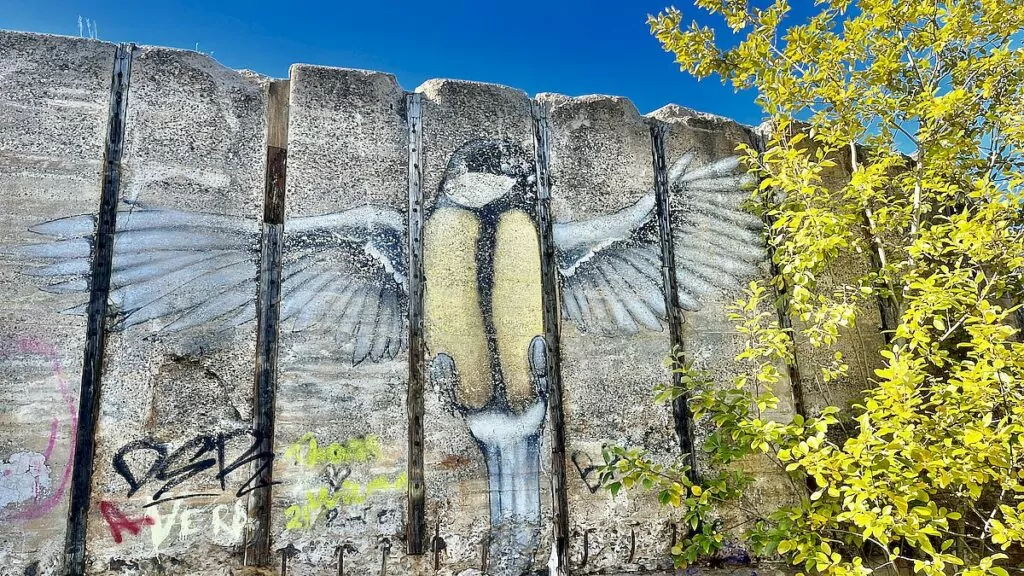
10. Photograph and film street art in Wargöns Bruk in Vänersborg, Sweden.
Bruket Street Art is a large area of graffiti and street art at the disused Wargön mill in Vänersborg. Opinions on this place can certainly differ, but regardless, the disused mill offers a very special environment. We were curious to take a closer look.
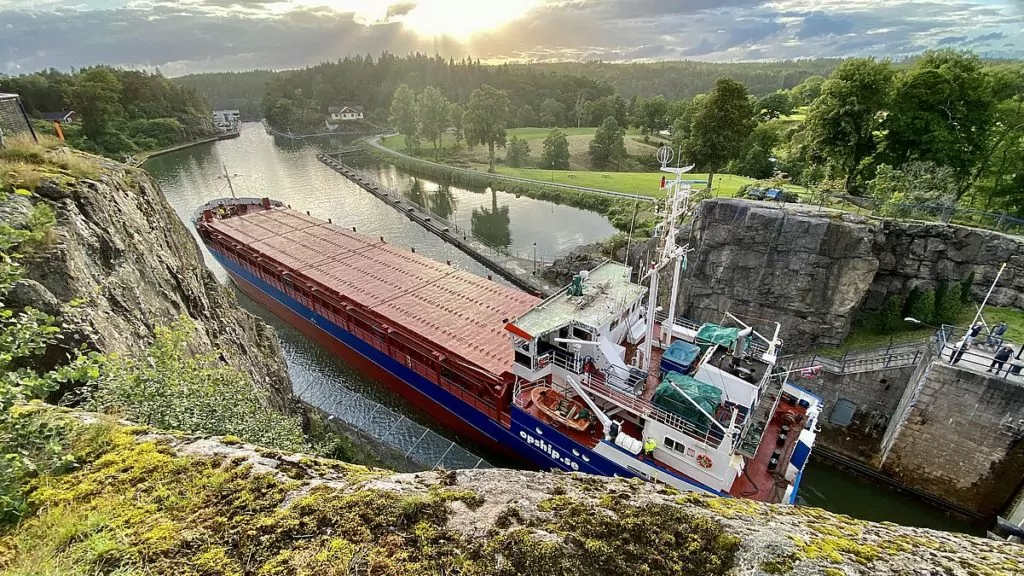
11. learn more about Trollhättan - the city of locks
Trollhättan is truly a beautiful city and must be experienced! Hang out in the mighty lock area and see enormous boats up to 90 metres long, 13.7 metres wide and 5.7 metres deep, eat an ice cream, check out the canal museum, experience the oldest lock system built in 1794-1800, which includes a total of 8 locks. In its day, the lock system was considered the eighth wonder of the world. Take a boat trip on the Göta River with M/S Elfkungen and eat some prawns with a beer.
Trollhättefallet is a must with the King's Cave with its royal diary, Make your way up the hill to the Kopparklinten viewpoint. See and do the Innovatum area with SAAB Car Museum, Trollhättan Art Gallery and Innovatum Science Centre. In the centre of town is the Walk of Fame (Trollywood) with lots of celebrity names in the street.

12. Discover Habo church - the most beautiful church in Sweden
Habo Church has sometimes been called the "wooden cathedral by Lake Vättern" or "the painterly wooden cathedral". There has been a church in Habo since the Middle Ages. The first missionaries came to the area in the 12th century and it is believed that the first church was built then. The church that exists today began to be built in the 17th century, and in 1723 it was given its current appearance.
Find here: Habo Church is a church building located 5 km southwest of the centre of Habo municipality, and about 25 minutes northwest of Jönköping.
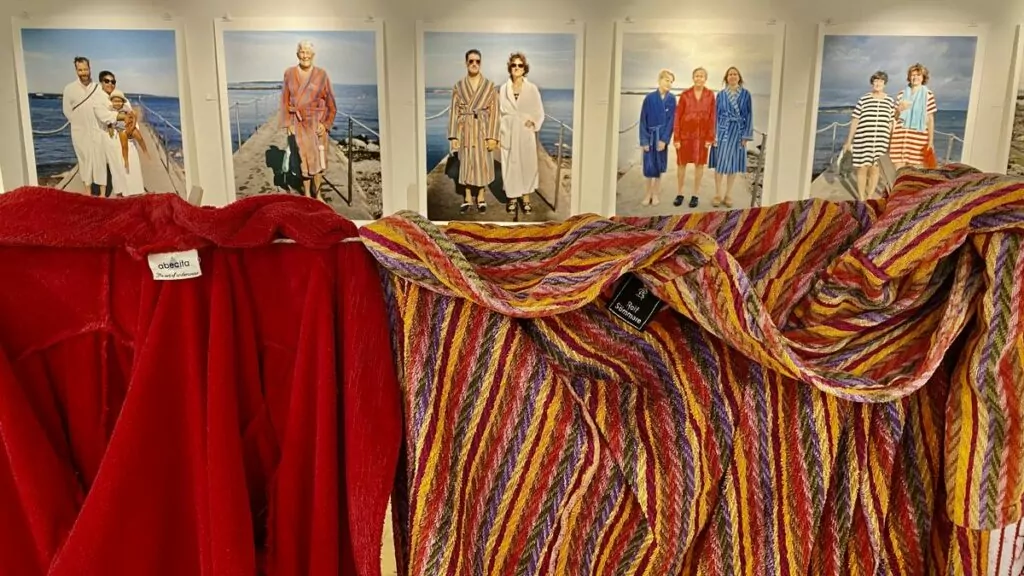
13. Be cool at abecita Popkonst & Foto in Borås.
Abecita Popkonst & Foto is an exciting art museum that you won't want to miss if you're passing through Borås. Actually, you don't have to pass by - it's definitely worth taking a detour to experience this personal and fascinating museum.
The museum also has its own large collection of works by prominent artists such as Warhol, Rauschenberg, Bourgeois, Hockney, Hamilton, Borofsky and Katz. Join us!
Find here: Abecita Popkonst & Foto is located in Knalleland in Borås, not far from Borås Zoo.
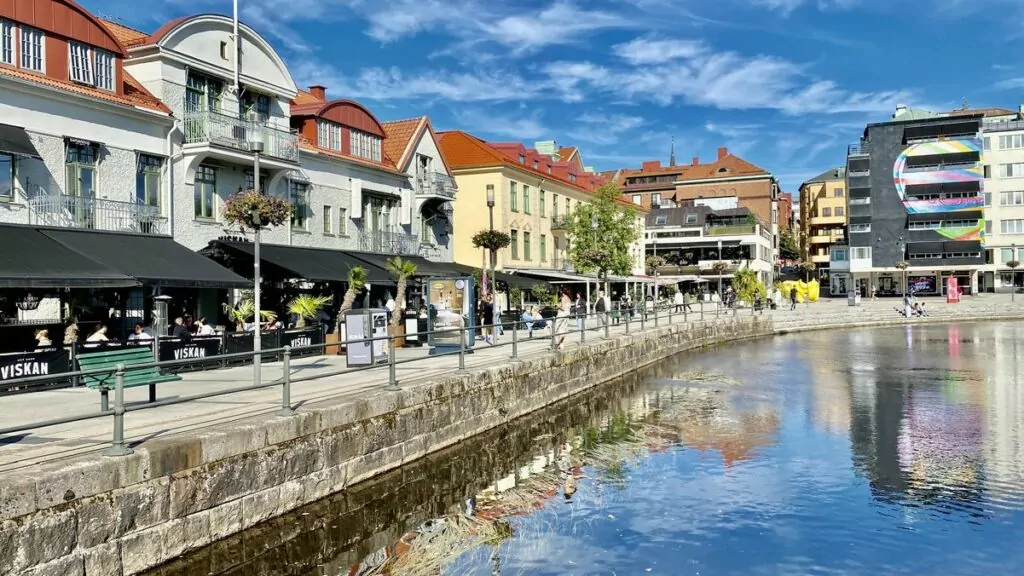
14. Experience the art and textile city of Borås
What to see and do in Borås? Borås is an exciting art city that offers experiences in the form of street art, public sculptures, art museums and art festivals. There is also a textile museum, a zoo and many other activities. Here are our top tips on what to see and do in Borås!
Find here: 64 km east of Gothenburg
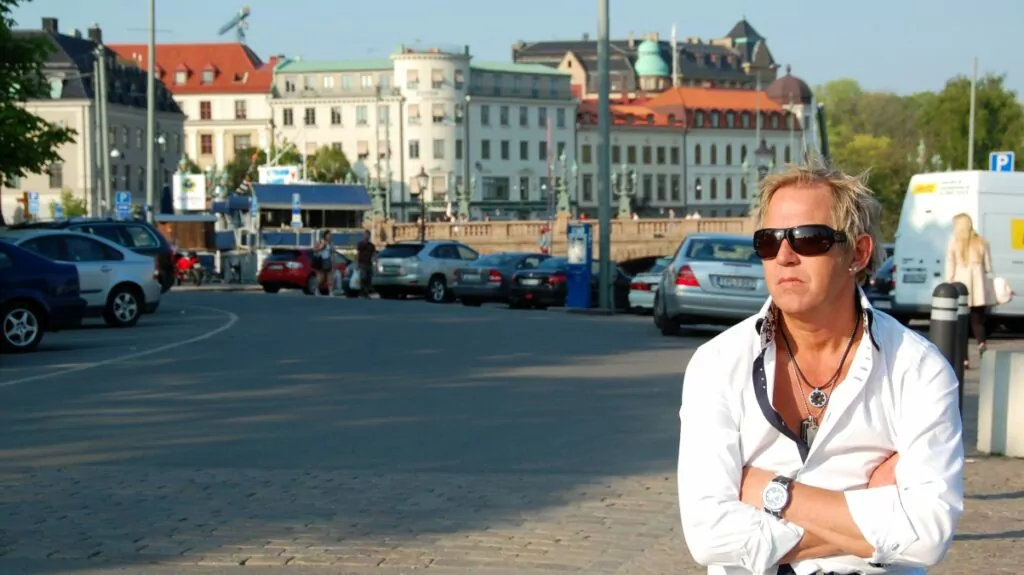
15. Wind your way through Gothenburg - Sweden's second largest city!
A weekend in Gothenburg is rarely wrong! Here you'll find shopping, restaurants, culture, nightlife, Liseberg and, of course, seafood. We also liked the Push nightclub, and most recently we appreciated the accommodation at Gothia Towers.
Don't forget VOLVO Museum, New Älvsborg Fortress, Gothenburg City Museum, Aeroseum, Öckeröarna, Skansen Kronan, Gothenburg Cathedral.
Find here: Gothenburg is Sweden's second largest urban centre after Stockholm and is located on the west coast at the mouth of the Göta River.
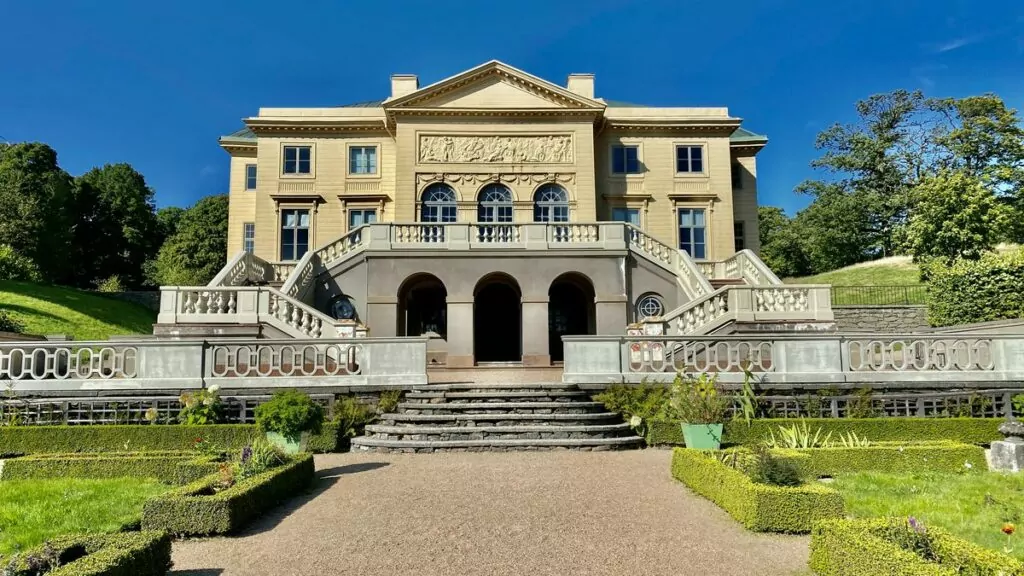
16. Walking around Gunnebo Castle and the castle garden
Gunnebo Castle and Gardens is located just south of Gothenburg and can be visited all year round. Here you will find a beautiful castle building, a beautiful park, lovely nature areas and a restaurant and café. If you pick the right day and book in advance, guided tours are also available.
Find here: Gunnebo Castle and Gardens is located in Mölndal, just south of Gothenburg.
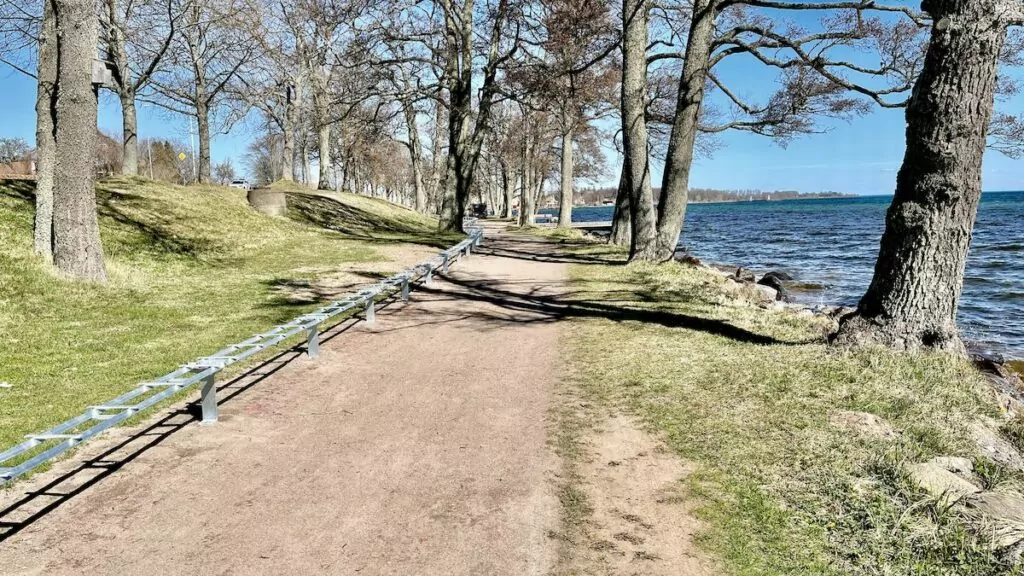
17. Try out Sweden's longest bench in Hjo
Sweden's longest bench is 265 metres long and is located in Hjo, along the seafront and was completed in 2021. The previous record is in Kalmar with a bench that is 222 metres long, and then there was a new long bench in Karlskrona of 260 metres, but which is now beaten by a full 5 metres.
Find here: Hjo is located on the western shore of Lake Vättern in Västergötland.
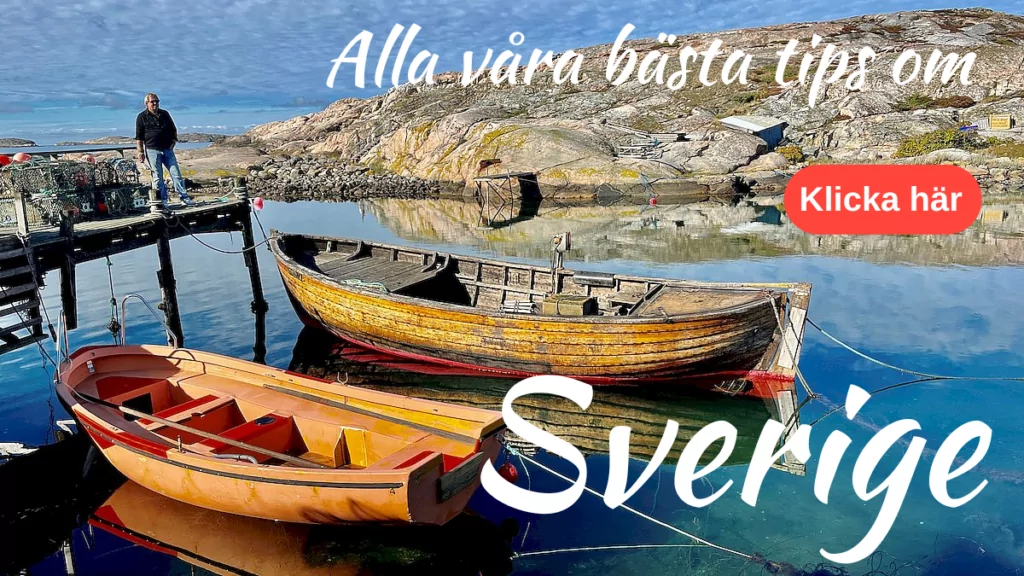
Things to do in Västergötland - facts
- Part of the country: Götaland
- County: Västra Götaland County, Jönköping County, Halland County, Örebro County
- Pin: Diocese of Skara, Diocese of Gothenburg
- Biggest lake: Lake Vänern
- Largest island: Orust
- National parks: Tiveden National Park, Djurö National Park
- Cultural reserve: Grafsnäs castle park in Allingsås municipality in Västergötland's landscape with farm environment and agricultural landscape. Gräfsnäs castle ruin and park is one of the municipality's biggest tourist destinations. The castle is surrounded by a grove-like castle park with several different noble deciduous trees such as large oak and ash, red oak, maple and lime.
- Vallby Sörgården in Skövde municipality in the Västergötland landscape with its farm environment and agricultural landscape is Skaraborg's only cultural reserve. There are eight buildings at Vallby Sörgården, including a two-storey manor house from 1826, two farm buildings, a stone cellar, a barn, a sheepfold and a smithy. Welcome to Vallby.
- Gunnebo castle and gardens in Mölndal municipality in the Västergötland landscape with castle environment, gardens and landscape land. It is located near Rådasjön and Stensjön. Gunnebo's history goes back to 1397, when the name was first mentioned for a large farm with a mill.
- Ramsholmen's agricultural landscape in the municipality of Mark in Västergötland's landscape with fossilised agricultural landscape. The area contains several different environmental and nature types, mostly sparse deciduous forest and open land, and includes the existing farm Ramsholmen and remains of the former Hult Nedergården and Skallared.
- Highest point: Galtåsen - 365.5 metres above sea level.
- Surface: 16 676 km 2
- Coat of arms: Black and gold in a diagonal field, a lion of opposite colours with a red guard.
- Titular: Duchy
- Element: uranium
- Population: 1 374 838 (2019)
- Duchess: Crown Princess Victoria - Duke: Prince Daniel
- Landscape singing: Jag hälsar dig västgöta rike, Hymn to Västergötland, Västgötasången
- Landscape flower: Heather
- Landscape animals: Trana
- Landscape animals: brine
- Landscape insect: Alcon blue butterfly
- Landscape moss: Grey chamois
- Landscape stone: Plateau database
- Constellation: The Snake Carrier
- Star: Ras Alhague
- Landscape mushrooms: Scarlet wax moth
- Landscape apples: Cavity lock
- Largest centres: Gothenburg, Borås, Trollhättan, Uddevalla and Skövde.
- Largest watercourse: Göta river in the west
- Landscape law: Grilled sausage with stewed beans - Pork fillet with chanterelle mushrooms and mushrooms kohlrabi sauce or Moose fillet with cinnamon and blackcurrant sauce and root vegetable cake. Read more about Swedish food here.
- Main sights: Trollhätte Falls, Karlsborg Fortress, Varnhem Abbey Church, Southern Gothenburg Archipelago 1126, Liseberg Amusement Park, Volvo Museum, Borås Textile Museum, Läckö Castle,
- Famous people: Singer Wiktoria Johansson, Poet Karin Boye, Jonas Alströmer, Singer Evert Taube, Boxer Ingemar Johansson, Maneger ABBA Stickkan Anderson, Felix "PewDiePie" Kjellberg,
- Unnecessary knowledge: Västergötland has the most milking cows of any region in Sweden. Around Falköping there are the most burial chambers from the Neolithic period in the whole world. Lake Vättern is a burial chamber and not a natural lake. Sweden's first lock was built in 1607 at 'lilla edet'. If you talk about an uddevallare, you mean "a local barbecue sausage". Sweden's first curling club was formed in Uddevalla in 1852. Uddevalla is very ravenous and is known as Kôrpehôla or korpstan.


